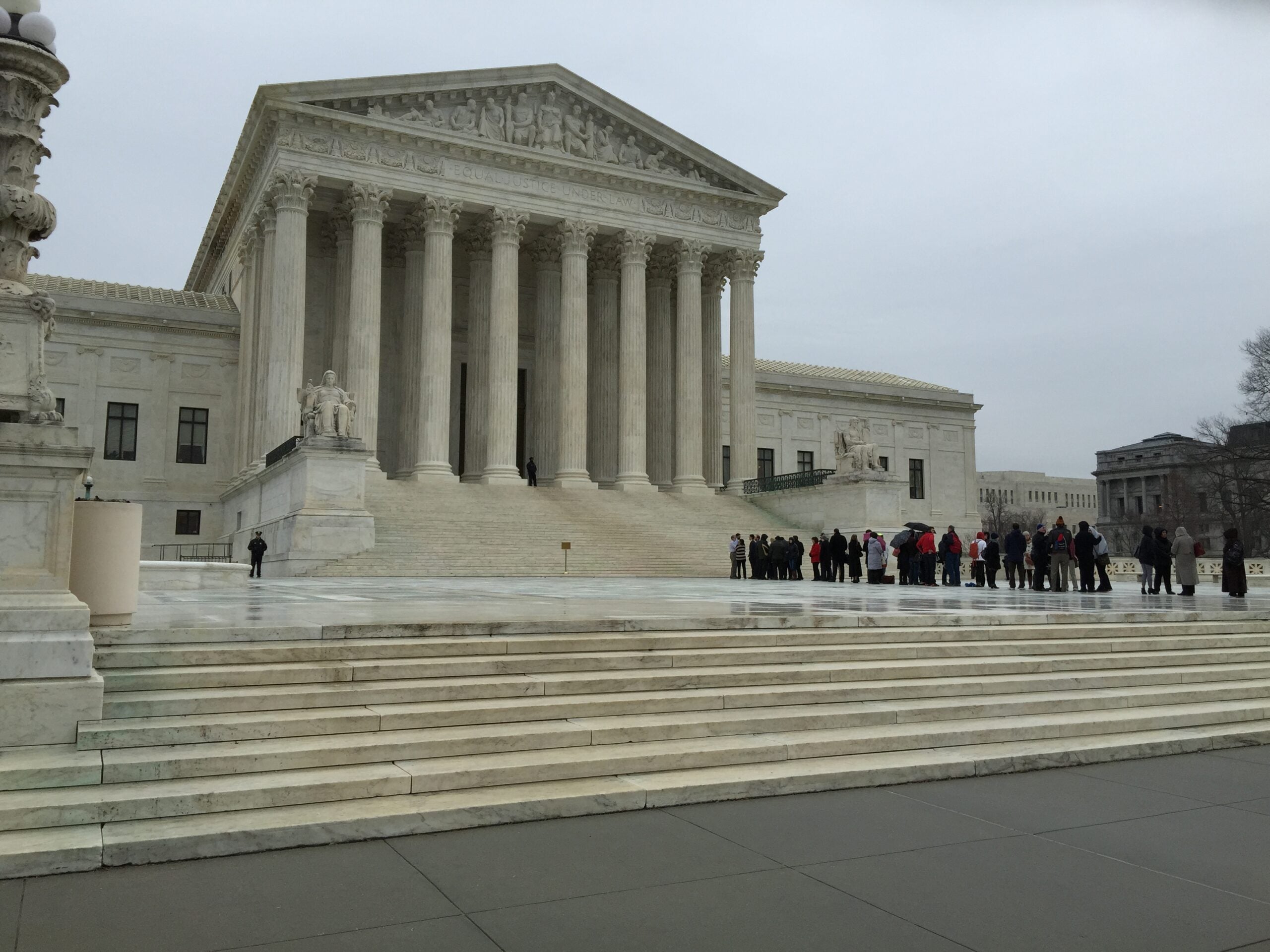Supreme Court ‘Can’t Put the Genie Back in the Bottle’ When it Comes to Climate Progress
Last week, the U.S. Supreme Court temporarily stayed the Clean Power Plan, but business leaders are already working on the transition to clean energy sources and have no plans to stop.

This page was published 9 years ago. Find the latest on Earthjustice’s work.
America’s contribution to global climate action is unfolding against the backdrop of a courtroom drama that threatens to obscure what should be center stage—the accelerating shift away from coal and toward clean energy that is already happening across the country.
Last week, the Supreme Court took unprecedented action to stay the Clean Power Plan, the Obama administration’s landmark rule to protect public health and welfare by limiting carbon pollution from power plants. Practically, the impact of the court’s order is limited. The court made no decision on the rule’s legality, and a pause during expedited legal proceedings should not deter compliance with the rule. The Clean Power Plan gives states plenty of time to comply, and in any case, as 16 state governors and many city mayors have already made clear, work won’t stop on the crucial project of reducing greenhouse gas emissions from the power sector.
Still, the Supreme Court’s stay order has given rise to speculation about whether the U.S. will be able to honor the commitments made in Paris. The flurry of concern is unwarranted. The court’s bare-bones order contains no language suggesting how any of the justices view the merits of the case, and with the composition of the court in flux, reading tea leaves is an empty exercise. What we do know is that the Supreme Court has expressly and repeatedly affirmed the Environmental Protection Agency’s authority to regulate carbon pollution, and that the facts on the ground support the EPA’s approach in the Clean Power Plan. In court and in the press, the plan’s challengers are complaining about government overreach, but in real life, the power sector is ramping up clean energy and running dirty power plants less and less.
The market is already driving the energy transformation that the Clean Power Plan is designed to spur. Several power companies, along with groups representing various energy-consuming and producing companies like Google, have gone to court in support of the plan. Even the companies that own lots of coal-fired power plants are recognizing that their future lies in clean energy. As the Washington Post reported last week, AEP, which competes with Duke Energy for the title of most carbon-polluting utility in the country, shrugged off the Clean Power Plan stay, stating that it wouldn’t change the company’s focus on “diversifying” its energy portfolio to rely less on coal.
Edison Electric Institute’s spokesperson, Quin Shea, was even more explicit in affirming that the stay “doesn’t really change anything,” given that all of the power sector’s new investment is going into wind, solar and other clean resources instead of coal. “You can’t simply put the genie back in the bottle when it comes to major strategic investments that the captains of industry are making.”
When the captains of industry that have lined up most aggressively and regressively in favor of coal begin touting the inevitable transition to clean energy, you know it’s all over for coal.
For more than a decade, Earthjustice has helped lead the fights to retire dirty old coal plants and compel investment in clean energy solutions to combat global warming and protect public health. While that work is far from over, the fight now is about when rather than whether clean energy will overtake the market for fossil fuels. The fate of the Clean Power Plan matters very much, but reports suggesting that a temporary delay of the rule will derail the progress made in Paris and across our country are wrong.
The U.S. is already ahead of schedule in reducing coal’s share of the power mix and achieving corresponding reductions in carbon pollution. That trend will continue as clean energy becomes ever cheaper and more high-tech. In the meantime, Americans have a near-term opportunity to insist that our elected officials in Congress, in the states and in the White House be climate leaders so that we can stop battling in court and instead fight together for our future.
Earthjustice’s Washington, D.C., office works at the federal level to prevent air and water pollution, combat climate change, and protect natural areas. We also work with communities in the Mid-Atlantic region and elsewhere to address severe local environmental health problems, including exposures to dangerous air contaminants in toxic hot spots, sewage backups and overflows, chemical disasters, and contamination of drinking water. The D.C. office has been in operation since 1978.